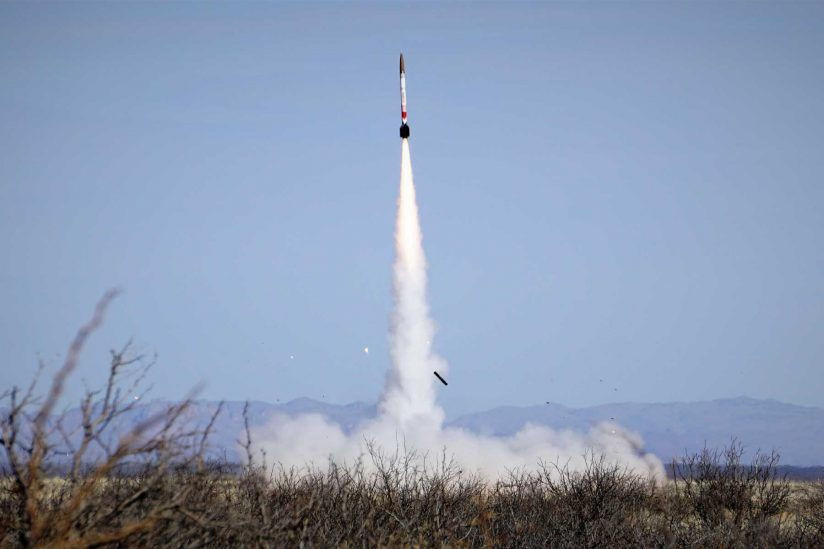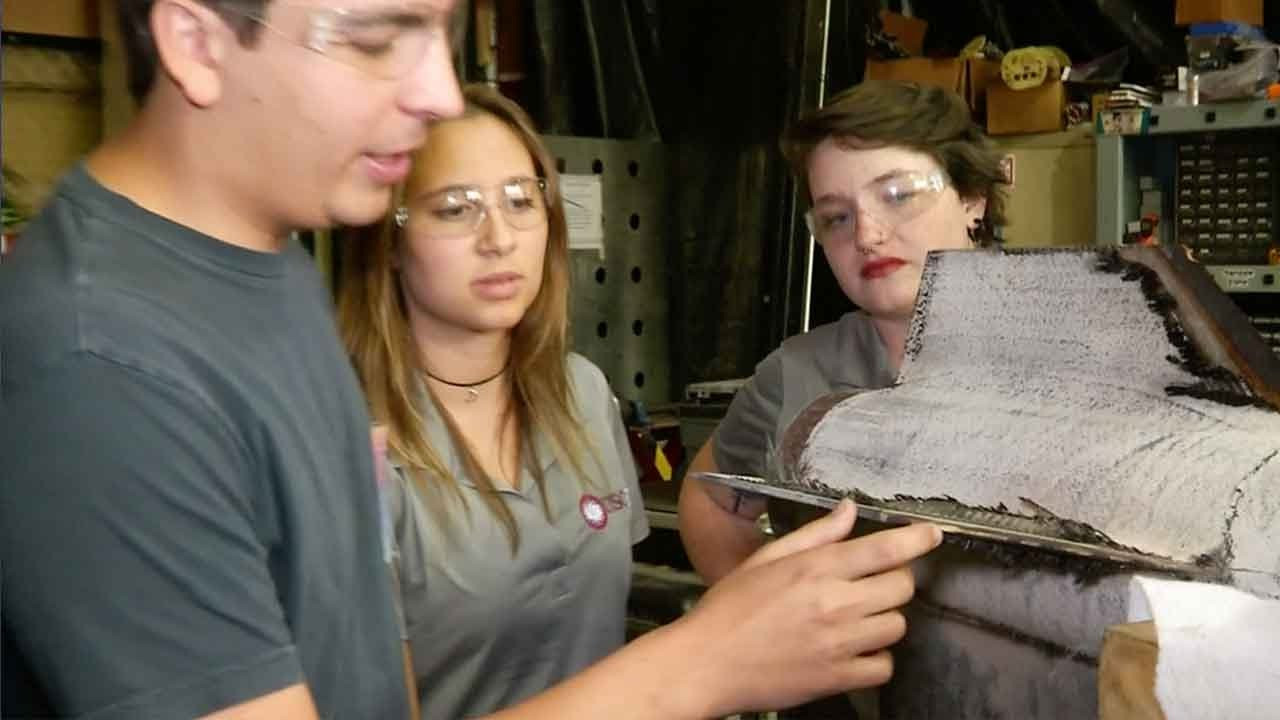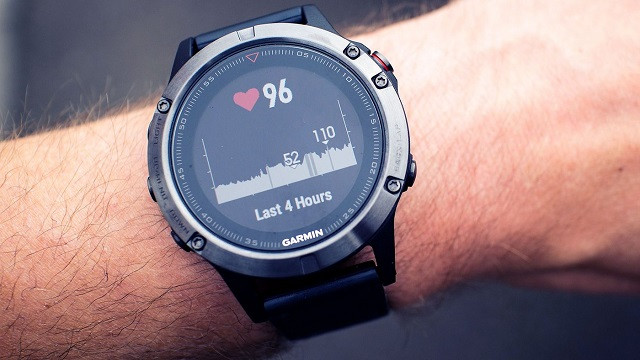USC Students Break World Record with Record-Breaking Rocket Launch
A team of undergraduate students from the University of Southern California's Rocket Propulsion Laboratory (USCRPL) has achieved a remarkable feat, shattering the world record for the highest altitude reached by an amateur rocket. Their rocket, Aftershock II, soared to an unprecedented altitude of 470,000 feet (approximately 89 miles) above the Earth's surface, surpassing the previous record held for two decades by a margin of over 90,000 feet.
Engineering Marvels Behind Aftershock II's Success
The success of Aftershock II is a testament to the ingenuity and dedication of the USCRPL student team. Ryan Kraemer, the executive engineer of USCRPL, highlighted the numerous engineering firsts achieved with this launch. The rocket boasted the most powerful solid-propellant motor ever fired by students, along with the most powerful composite case motor ever created by amateurs. This achievement demonstrates the innovative spirit of the USCRPL students, who consistently push the boundaries of amateur rocketry. This also builds upon the record set by the team in 2019 when they launched Traveler IV, the first ever student-designed and built rocket to pass the Kármán line, the boundary separating Earth’s atmosphere and outer space.
Overcoming Challenges in Hypersonic Flight
Reaching such extreme altitudes presented numerous challenges. The intense heat generated during hypersonic flight required a robust thermal protection system. The team developed a protective paint system and upgraded the fins with titanium leading edges, a move that not only prevented damage but also resulted in the titanium turning blue from the intense heat during flight through a process called anodization. These modifications highlight the advanced engineering solutions employed by the students to overcome previously intractable problems.
Custom-Built Avionics and Data Integration
Aftershock II was also equipped with custom-designed computer systems and circuit boards, built entirely from scratch by the students. This advanced avionics unit played a crucial role in gathering critical flight data, enabling precise tracking of the rocket's position and ensuring a successful recovery. The live integration of data through this system was a significant achievement that enhanced the mission's overall success.
The Significance of this Record-Breaking Achievement
This achievement is not merely a record-breaking event; it represents a significant step forward in amateur rocketry. The altitude reached by Aftershock II surpasses even the capabilities of many professional teams, marking a significant milestone for students pushing the limits of their field. This groundbreaking launch also underscores the importance of fostering innovation and exploration in STEM fields, providing inspiration for future generations of scientists and engineers. The success of Aftershock II underlines the advancements possible through collaborative efforts and the determination of dedicated students who are pursuing their passions.
The launch of Aftershock II took place on October 20th in the Black Rock Desert, Nevada. The rocket, measuring 13 feet tall and weighing 330 pounds, reached a velocity of 5283 ft/s (Mach 5.5) before returning largely intact. The data analysis, including velocity and altitude calculations, confirmed that the rocket reached a maximum speed of 3,602 mph.
A Legacy of Innovation and the Future of Space Exploration
This extraordinary accomplishment is not just a testament to the prowess of the USC Rocket Propulsion Laboratory but also a showcase of the collaborative spirit among this talented group. Their innovative work in developing a robust thermal protection system and the custom-designed avionics showcase the brilliance of these future leaders in the space industry. The success of Aftershock II serves as an inspiration to future generations of space enthusiasts and reinforces the potential for remarkable achievements in amateur rocketry. The innovative mindset of the students involved in this project has been highlighted by various publications, recognizing their significant contributions to the advancement of rocketry technology and space exploration.
The USC Rocket Propulsion Laboratory's journey from its founding two decades ago to this historic achievement reflects a dedication to excellence and a persistent pursuit of pushing boundaries. The relentless pursuit of progress and ambition, embodied by these students, sets a compelling example for other young engineers and scientists worldwide to follow suit. The future of space exploration looks incredibly bright thanks to innovative minds and initiatives such as this one.
The impact of this achievement will likely extend far beyond the realm of amateur rocketry. It is anticipated that the technologies developed and refined during the Aftershock II project will inspire further innovation and collaboration among researchers in the field, potentially leading to future advancements in rocket propulsion and space exploration technologies. The lasting legacy of Aftershock II is sure to inspire the next generation of space enthusiasts and scientists, propelling the field forward toward even greater achievements. The relentless spirit of innovation shown by the USC team will no doubt leave a lasting impact.


















